MIDI is a communications protocol for connecting audio devices. It’s also one of the most widely used music-making tools and the core of every production software setup.
Today, we’ll answer what MIDI is and how to use it, as well as break down MIDI terms, devices, and setups. Learning more about MIDI will help you understand the inner workings of digital music production.
Now strap on your MIDI keyboard, and let’s journey back to 1981!
What is MIDI (Musical Instrument Digital Interface)?
So, what is MIDI? The acronym MIDI stands for Musical Instrument Digital Interface.
MIDI is a protocol that allows different music hardware or software devices to communicate. The MIDI standard is a communications protocol connecting audio devices to playback, edit, and record music.
But where did MIDI come from?
Dave Smith is regarded as the “Father of MIDI.” He coined the MIDI acronym and is most responsible for the MIDI protocol we have today.
MIDI was designed primarily by Roland and Sequential Circuits in 1981 to create a standard means to connect electronic music devices. This is because different MIDI manufacturers previously created their proprietary standards, making it difficult for consumers to connect their devices.
Today, MIDI-compatible devices come standard. We use MIDI to trigger VST plugins and create entire songs using MIDI sequencing software, often called digital audio workstations (or DAWs).
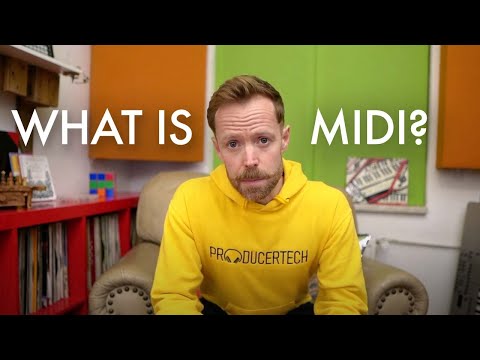
MIDI is an early example of an open-source technology, and as a result, it’s now used almost universally across the industry. It’s become so common that basically every keyboard beyond baby’s first keyboard comes with MIDI capability.
It’s also a common feature on many other audio devices, such as electronic drum machines, controllers, audio interfaces, and mixers.
What is MIDI used for?
So, what is MIDI used for? MIDI is used to connect digital devices, such as a synthesizer or other electronic instruments, computers and audio devices. It sends information about musical performances back and forth between them, including information such as pitch, timing and dynamics.
The most obvious example is playing a MIDI keyboard to trigger a sound module and then sending the resulting synth performance and tone out to a speaker.
Other examples include using an electronic drum kit to send and receive MIDI from a performance into a DAW, where you can then use a plugin to alter the drum sounds as well as edit the performance at your leisure.
Note that MIDI uses data only – it does not transmit an audio signal. So, to turn MIDI instrument data into music, you’ll have to run it through a sound library, such as a sound module or plugin.
In other words, MIDI notes are just messages. A MIDI note itself doesn’t contain any sound. It only instructs a MIDI-capable instrument on what note it should play.
Why use MIDI in music?
So why use MIDI in music rather than just regular audio, for example, by capturing a performance directly with a mic? There are many advantages to using MIDI, and one of them is that MIDI files are tiny compared to audio files, so transferring and storing MIDI files is very fast and convenient.
MIDI also offers a near-universal solution for all musicians and producers. If you’re collaborating on something and you send over a MIDI file, you don’t have to worry about how to play it back because everyone uses it.
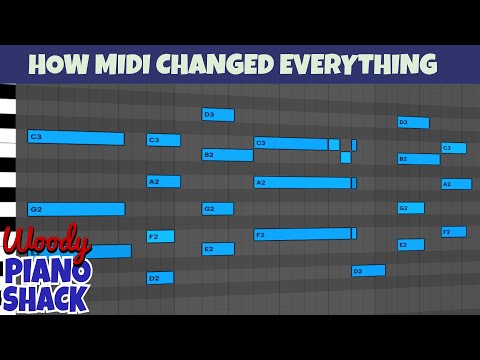
Another benefit is that MIDI is also super easy to edit and change on the fly. If you don’t like the notes, tempo or playing on a MIDI performance, you can open the sequencer in your DAW and make any changes you like very easily with a few mouse clicks.
This is not the case with audio. For example, if there’s something significantly wrong with a drum performance captured with mics, you may need to record the entire thing again from scratch or, at the least, go through a very tedious and time-consuming editing process.
Is MIDI better than audio?
One common question is: is MIDI better than audio music production? MIDI is not better or worse than an audio-only approach – they are different and used for different tasks.
For example, MIDI is great for writing solo in your DAW, adding instrument parts you can’t play yourself, or quickly collaborating with another producer.
By contrast, a rock ‘n’ roll record would be hard to make without using many audio takes.
It’s also gonna be a helluva long time before guitarists start throwing away their Strats and Marshalls and replacing them with MIDI guitars, if ever.
Now, let’s look at some common MIDI terms and devices.
The basic MIDI interface – In/Out/Thru
Let’s explain how a basic MIDI setup works.
The most basic MIDI setup consists of two devices connected with a MIDI cable. One device sends data through its MIDI OUT port, and the other receives it through its MIDI IN port.
For example, a MIDI keyboard can send the MIDI data to a sound module. The data contains information about what notes to play and the sound you want to use. You can use MIDI CC messages to select the piano sound patch and then press a key to play a piano sound.
However, MIDI setups can be more complex. A MIDI Thru port allows the MIDI data to flow through a device without affecting it.
MIDI controllers – build your first MIDI setup
A MIDI controller is a hardware device that converts your musical performance into standard MIDI data. The most common example is a keyboard that, when played, sends MIDI interface data out to be captured by your digital audio workstation or out to a sound module.
https://www.youtube.com/watch?v=DGVi9HA681Y
Examples of other MIDI controllers are devices with pads for playing percussion/samples, as well as guitar and wind instrument controllers.
MIDI sequencers
A MIDI sequencer manages recording, playing, and editing MIDI data. Most producers will use the MIDI sequencer in their DAW for this purpose. Other examples of MIDI sequencers include hardware sequencers or standalone sequencers (in software or hosted online).
Sequencing is the workhorse of making music with MIDI, as this is where you will be doing your core functions of capturing and editing performances. Sequencers can send and receive information from hardware devices and virtual instruments, which is necessary for creating audio from the MIDI data you lay out in the sequencer.
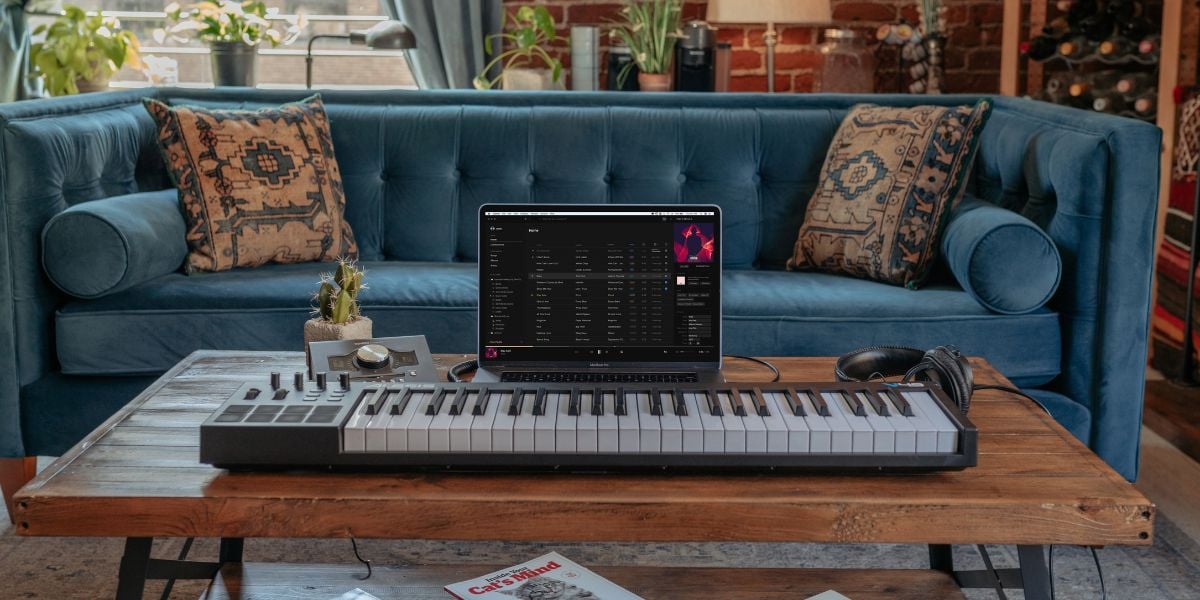
Nowadays, we use DAWs as the core of a software-based music production setup. The piano roll handles most of the MIDI tasks, including sequencing and modulation. Recording and editing MIDI note data is now much easier than it was in the early days of MIDI.
MIDI messages
MIDI messages are data transmissions that tell a device information about a performance. There are two types of MIDI messages: Channel and system.
Channel messages provide the following information about a performance:
- Note on: This describes which note is playing and the duration of the note
- Note off: This indicates that a note has stopped playing
- Velocity: This indicates the dynamics of a note. MIDI velocity ranges from 0 (silent) to 127 (the loudest note possible).
Other channel message functions include pitch bends, aftertouch, and changes to device parameters and patches. The pitch bend simulates effects like portamento and vibrato, whereas aftertouch is a type of modulation used after a note has been pressed.
Keep in mind that many keyboard models, especially budget MIDI keyboards, lack the aftertouch functionality.
System messages carry out routine tasks such as synchronizing device timing when devices start and stop operating and other custom messages created by manufacturers.
MIDI 1.0 vs. MIDI 2.0
MIDI 2.0 is a significant update to the original MIDI 1.0 standard. The most important change is the improved resolution and expressiveness of the 2.0 version.
MIDI 1.0 offers only 128 steps for parameters like velocity and control changes due to its 7-bit resolution. This relatively small number of steps is often enough for expressive playing using velocity, but it can result in noticeable “stepping” artifacts when using control messages.
The effect is especially noticeable with pitch and filter sweeps, resulting in a noticeable jittery, as opposed to smooth, sound.
MIDI 2.0 remedies this issue with its 32-bit resolution, vastly increasing the expressiveness and precision of MIDI commands.
It also includes numerous other improvements, like bidirectional communication (allowing MIDI devices to send and receive data at the same time), improved timing, and reduced latency.
MIDI channels
MIDI channels are independent pathways to share MIDI events between devices. They enable you to control which messages are sent to which device. You probably don’t want your keyboard solo sent to your drum plugin after all.
Each stream of MIDI features 16 channels, and each channel can be sent to a different MIDI device. While a single device has only 16 MIDI channels, in a DAW, you have unlimited MIDI channels to work with.
Utilizing multiple MIDI channels simultaneously is essential when working with hardware sound modules. You can, for example, send the piano notes on MIDI channel 1 and the violin solo notes on MIDI channel 2.
It is also possible to use separate channels for notation messages and control messages.
MIDI cables
To transfer MIDI data directly between audio devices, you’ll need to use a special MIDI cable (as opposed to an audio cable). MIDI cables are circular and have a 5-pin jack.
However, most modern MIDI-capable devices feature a USB port, which is capable of transferring MIDI data as well. Using MIDI over USB makes it much easier to interconnect various devices like tablets, synthesizers, and MIDI controllers.
MIDI vs. DIN cable
It is important to note that not every DIN cable is a MIDI cable. DIN connectors can have different numbers of pins, depending on the intended use. There are 3-pin, 5-pin, 7-pin, and 13-pin DIN connectors, to name a few.
A MIDI cable specifically has five pins. So, a MIDI-to-MIDI cable has a 5-pin DIN connector on both ends.
Length of MIDI cable and latency
If you’re wondering if the length of a MIDI cable affects latency, the short answer is no.
Since MIDI information travels close to the speed of light, the length of the MIDI cable doesn’t have a noticeable impact on MIDI latency. So, whether your cable is one or 10 meters long, you won’t be able to notice any difference in performance.
MIDI Protocol – The Summary
The music production landscape has evolved tremendously since its debut in the 1980s. An entire studio with hundreds of MIDI cables and interconnected MIDI devices can now be substituted with a single laptop running a digital audio workstation.
However, MIDI is still at the core of our music studios; we just don’t notice it as much as before. The notes in our digital audio workstations still use the MIDI protocol to trigger the virtual instruments. Everything is fully integrated into the software.
If you intend to build a larger studio consisting of multiple external devices, that is when MIDI becomes more noticeable. You will need to connect your computer to a MIDI interface which will then connect it to your other hardware.
Despite all the advantages of using software, running an old-school “DAWless” setup with MIDI cables galore has its charm.

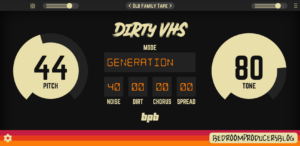
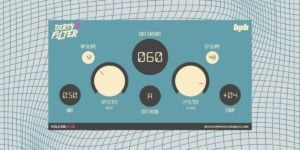
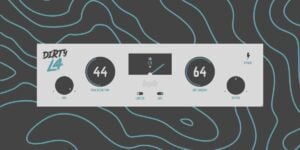
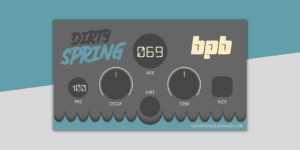
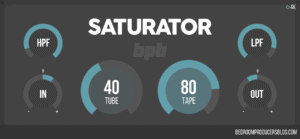

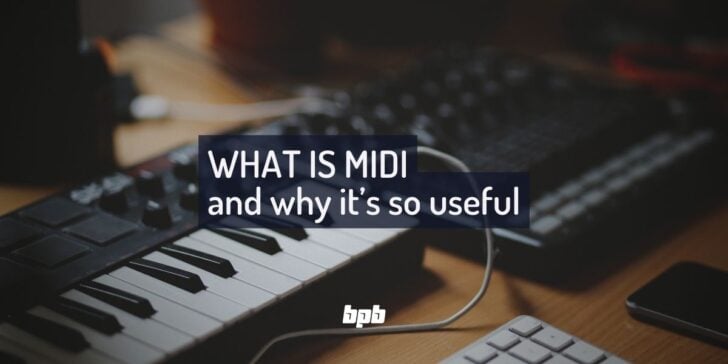
14 Comments
Neytcev
onThank you recall for us some important basic information about MIDI
Tomislav Zlatic
onThank you for reading! :)
bobo
onThere are people, like me, who love cables.
Long live midi
Numanoid
onThanks, that is a great article.
Before MIDI there was CV/Gate Control Voltage. Some people like Vince Clarke still preferred that, because there is no lag.
MIDI is super, and changed music making forever, but the lag is a drawback.
Steve Charlton
onThank you! OK, yeah I could definitely see the advantage of CV/Gate.
Rafael
on“By contrast, a rock ‘n’ roll record would be hard to make without using many audio takes”
Well, that ain’t stopping me.
Steve Charlton
onWell, that’s one way to be an innovator ;)
MRG
onMy best definition of MIDI is: “It’s what permits me to make somewhat pleasing noise despite being crap at playing keyboard.”
Quelle heure est-il ?
Il est MIDI. C’est l’heure de déjeuner.
Qu’est-ce qu’il y a à manger ?
Des saucisses, sans doute.
Tianzii
onI remember being in my father’s studio with people recording multiple takes in CoolEdit Pro and everyone shouting “this is it!!!”. Then in the next second, everyone was listening it, in and out of context of the whole track. Oh… what an experience… what beautiful memories.
Tianzii
onMIDI changed everything!
Kin_G
onOk, but midi is ancient now… I’m not even gonna talk about it.
Shreepad M Gandhi
onSo what is not ancient today in your opinion?
Legally Lee
onFor too long I have not know what MIDI stood for. Thanks to this blog I have a better Idea of what MIDI actually is. I think its history is quite neat and has had a long developing that has taken it great lengths. Look into its history if you have not!
Now that I know what MIDI is I will attempt to add more MIDI devices to my AKAI MPC. I think that having this understanding will allow me to connect more than I used to think I was able. With some of the VST plugins I have read about hear and downloaded, I will really be able to mess around with different MIDI instruments.
Now off to find some MIDI instruments that I can plug into my deck. Thank you for this information!
Katie b
onI would love to learn more about how to get the most out of assigning midi channels in FL studio. by default most of my devices are not assigned to a channel, but they work . but my Akai fire is defaulted to 235, I’m not sure why. but I feel like these is untapped potential or some kind of shortcut that can be achieved by assigning midi channels or something in FL studio, any advice appreciated
and I’m not talking about how to assign a plugin parameter to a hardware knob. I’m specifically referring to the midi channel values that the hardware uses.. ah this is hard to explain,, but for example channel 1 is usually the mod wheel, 2 is the pitch bend, or vice verse, ive noticed these go up to like 64